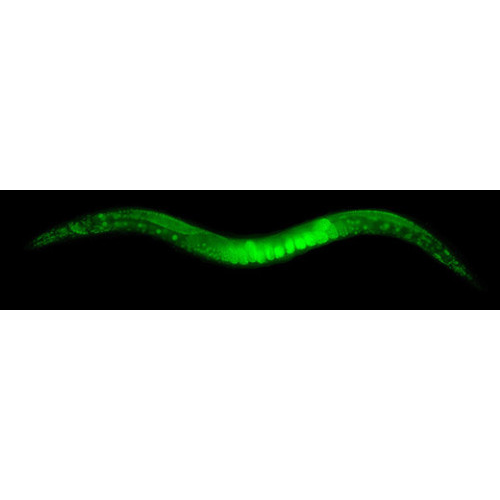THE GENETICS OF CAENORHABDITIS ELEGANS (1974)
Sydney Brenner shed light on the Caenorhabditis elegans in 1974 with his study demonstrating the model organism it could be. The worm had many advantages: small size (and genome), rapid life cycle, sexual system of self-fertilization making easy to isolate recessive mutants on all chromosomes which made him a favorable organism for genetical analysis and more. [1]
Toward a physical map of the genome of the nematode Caenorhabditis elegans (1986)
With the goal of obtaining a map of the C. elegans genome, Jonh Sulsoton, a Brenner student, and his collaborators worked on the sequencing and asked researchers working on C. elegans to obtain as much genome data as possible. [2]
The structure of the nervous system of the nematode Caenorhabditis elegans (1986)
Sydney Brenner was fascinated by nervous system wired, in 1986 with other searchers, he gave a picture of the organization of the nervous system in a Caenorhabditis elegans hermaphrodite including its 302 neurons.

Through his research, he has advanced science and put forward a model organism that has become one of the most widely used. He has won a Nobel Prize for “his discoveries concerning genetic regulation of organ development and programmed cell death.”
Thanks to Sydney Brenner. (1927-2019)

